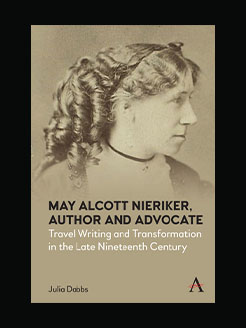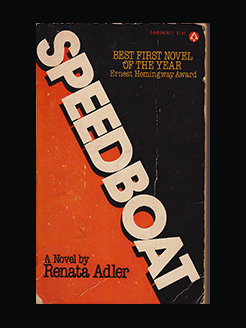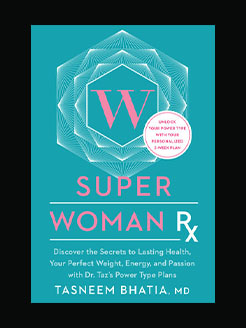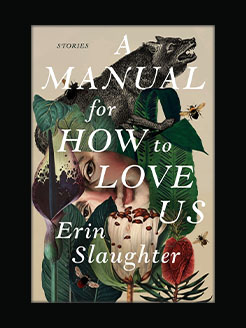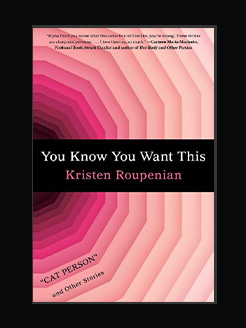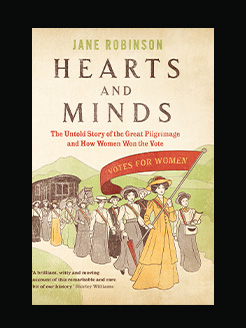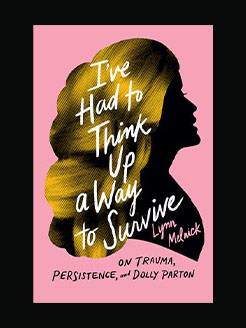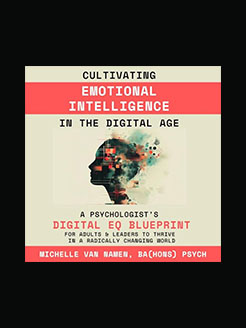Published in 2014 (first published 1995)
477 pages
Evelyn McDonnell is a professor of journalism at Loyola Marymount University. She has been writing about popular culture and society for more than 20 years. She is the author of other books: The World According to Joan Didion (2023), Queens of Noise: The Real Story of the Runaways, Mamarama: A Memoir of Sex, Kids and Rock ‘n’ Roll, and Army of She: Icelandic, Iconoclastic, Irrepressible Bjork. She coedited the anthologies Stars Don’t Stand Still in the Sky: Music and Myth; and Women Who Rock: Bessie to Beyoncé. Girl Groups to Riot Grrrl. She also edited the Music Matters series published by the University of Texas Press.
Ann Powers is NPR Music’s critic and correspondent and one of the nation’s leading music writers. She began her career at San Francisco Weekly, and has held positions at the New York Times, the Los Angeles Times, the Village Voice, Blender, and the Experience Music Project. Her other books include Weird Like Us: My Bohemian America; and Tori Amos: Piece by Piece, which she cowrote with Amos. She was also the editor of Best Music Writing 2010. She lives in Nashville.
What is this book about?
Brings together music criticism, fan experience, and performers’ first person accounts from more that 60 women writers for 1960s to the 1990s.
This intelligently compiled, wide-ranging volume provides exciting evidence of women writers’ inroads made over the past three decades into the still male-dominated field of popular music criticism. Pioneers such as 1960s New Yorker columnist Ellen Willis and Jazz & Pop editor Patricia Kennealy-Morrison (better known, tellingly, for her marriage to rock icon Jim) are grouped with younger counterparts, from novelist Mary Gaitskill to cultural critic bell hooks in sections broken down loosely by topic. In “I Am the Band,” female performers such as Sonic Youth bassist Kim Gordon, offer touring testimony; critic Jaan Uhelszki, meanwhile, finds herself onstage with Kiss, makeup and all, for a 1975 Creem magazine assignment. The latter instance points up one of the book’s most fascinating aspects: in a rock-and-roll world where boys wear lipstick and girls increasingly get to make lots of noise, the effects of gender on both performer and listener are far from straightforward.
Many of Rock She Wrote‘s strongest pieces? Joan Morgan’s story on her love/hate relationship with Ice Cube’s misogynist rap; Lori Twersky’s musings on familiar images of the “female teenage audience” as screechy and sex-crazed?find their writers at the intersection of conflicting reactions to the subjects at hand.
A remarkable collection, Rock She Wrote makes clear both the difference women writers have brought to music writing and the impossibility of any attempt to nail that difference down once and for all.
